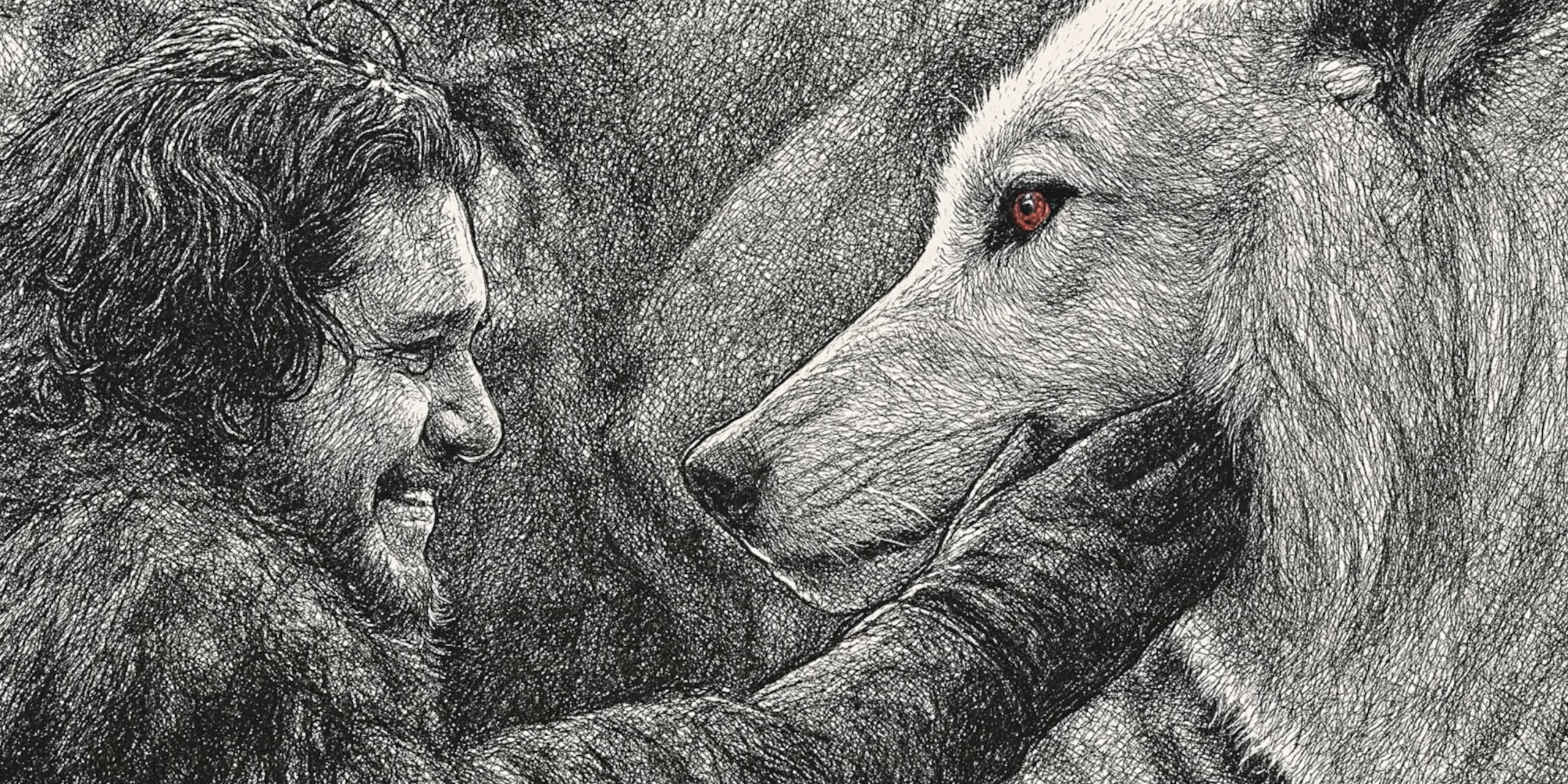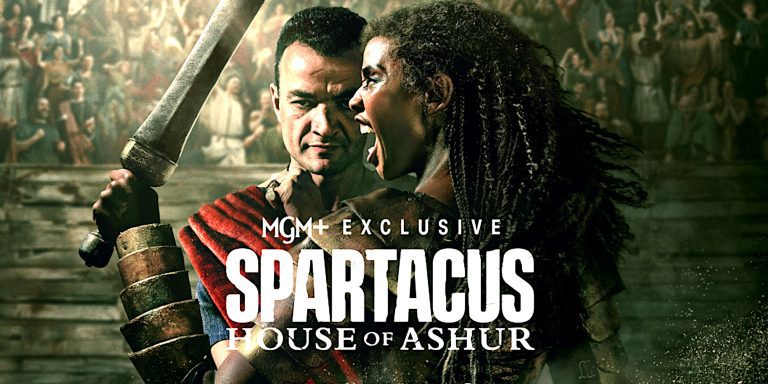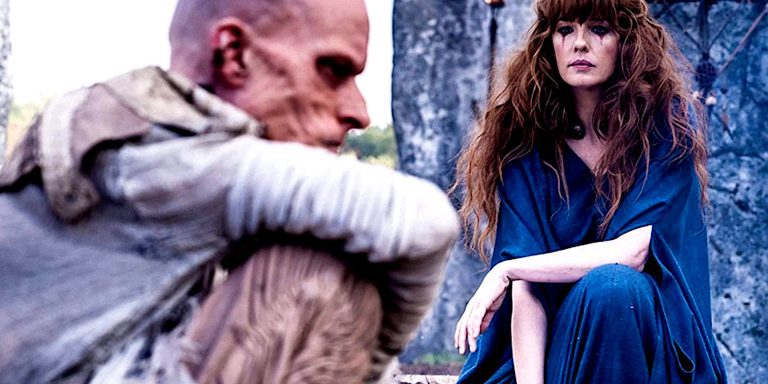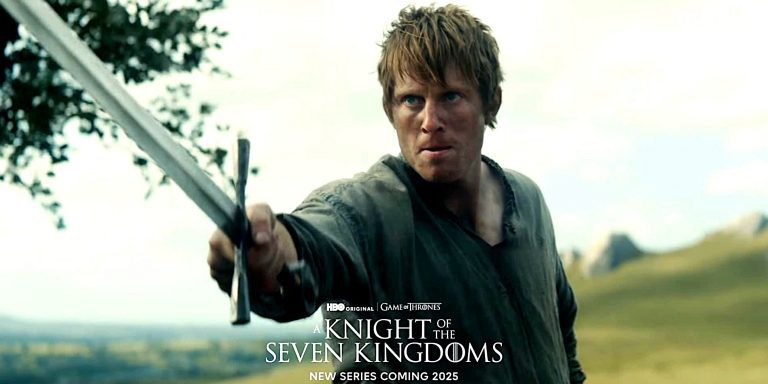
Direwolves are one of the most enduring symbols of House Stark in Game of Thrones and George R. R. Martin’s A Song of Ice and Fire. Larger, stronger, and more intelligent than ordinary wolves, they are creatures of the far North, often linked with the old magic of Westeros. Each Stark child is given a direwolf early in the story, creating a bond that runs parallel to their own character arcs.
Origins and Nature of Direwolves
Direwolves are native to the lands beyond the Wall, where they roam in small packs and can reach the size of small horses when fully grown. Known for their loyalty and ferocity, they are both feared and revered. Legends suggest that direwolves have been connected to the First Men and the Old Gods for thousands of years, their presence tied to omens of change.
In the series, the reappearance of direwolves south of the Wall is seen as an unusual and significant event. They are said to have vanished from the South centuries before the events of the story, making their sudden arrival at Winterfell notable to characters and viewers alike.
The Stark Direwolves and Their Fates
Ghost – Given to Jon Snow, Ghost is an albino with red eyes and white fur. He is silent, watchful, and highly intelligent. Ghost remains by Jon’s side through most of the series, surviving the political turmoil and battles that claim the lives of many others.
Nymeria – Arya Stark’s wolf, named after the legendary warrior queen of the Rhoynar. Nymeria is fiercely independent and loyal. After defending Arya from Prince Joffrey, she is driven away to protect her from execution. Arya later learns that Nymeria has become the leader of a massive wolf pack in the Riverlands.
Summer – Bran Stark’s wolf, named for the hope of a brighter future. Summer is protective and courageous, aiding Bran on his journey beyond the Wall. He ultimately sacrifices himself to allow Bran and Meera Reed to escape the White Walkers.
Shaggydog – Given to Rickon Stark, Shaggydog is known for his wild, untamed nature. Fiercely protective of Rickon, Shaggydog shares in his exile. His death comes when the Umbers betray Rickon to Ramsay Bolton.
Grey Wind – Robb Stark’s wolf is swift and aggressive in battle. Grey Wind fights alongside Robb in his northern campaigns and is feared by his enemies. He is killed during the Red Wedding, his head cruelly sewn onto Robb’s body in a final act of mockery.
Lady – Sansa Stark’s wolf, the most gentle and obedient of the pack. Lady is executed on the orders of Queen Cersei after Nymeria’s disappearance, symbolising the early loss of innocence for both Sansa and the Stark family.
Symbolism and Connection to the Starks
The direwolves are more than pets. They reflect the personality, strengths, and fates of their Stark companions. In several cases, the fate of the direwolf mirrors the journey of its Stark counterpart. For example, Lady’s early death foreshadows Sansa’s isolation, while Nymeria’s wild independence mirrors Arya’s path outside the confines of noble life.
Direwolves also serve as a connection to the old ways of the North. Their appearance marks a shift in the balance of power and the resurgence of ancient forces. In the story’s broader themes, they embody loyalty, the bond between family, and the resilience required to survive in a harsh world.
Legacy in Westeros
By the end of the series, only Ghost and Nymeria remain alive. Ghost stays loyal to Jon, accompanying him beyond the Wall, while Nymeria continues to roam the Riverlands, untamed and free. Their survival serves as a reminder that some parts of the old world endure, even as the political order of Westeros changes.
Watch the video:



